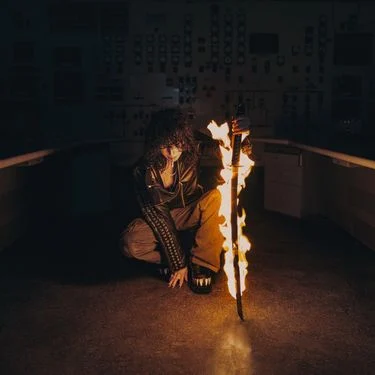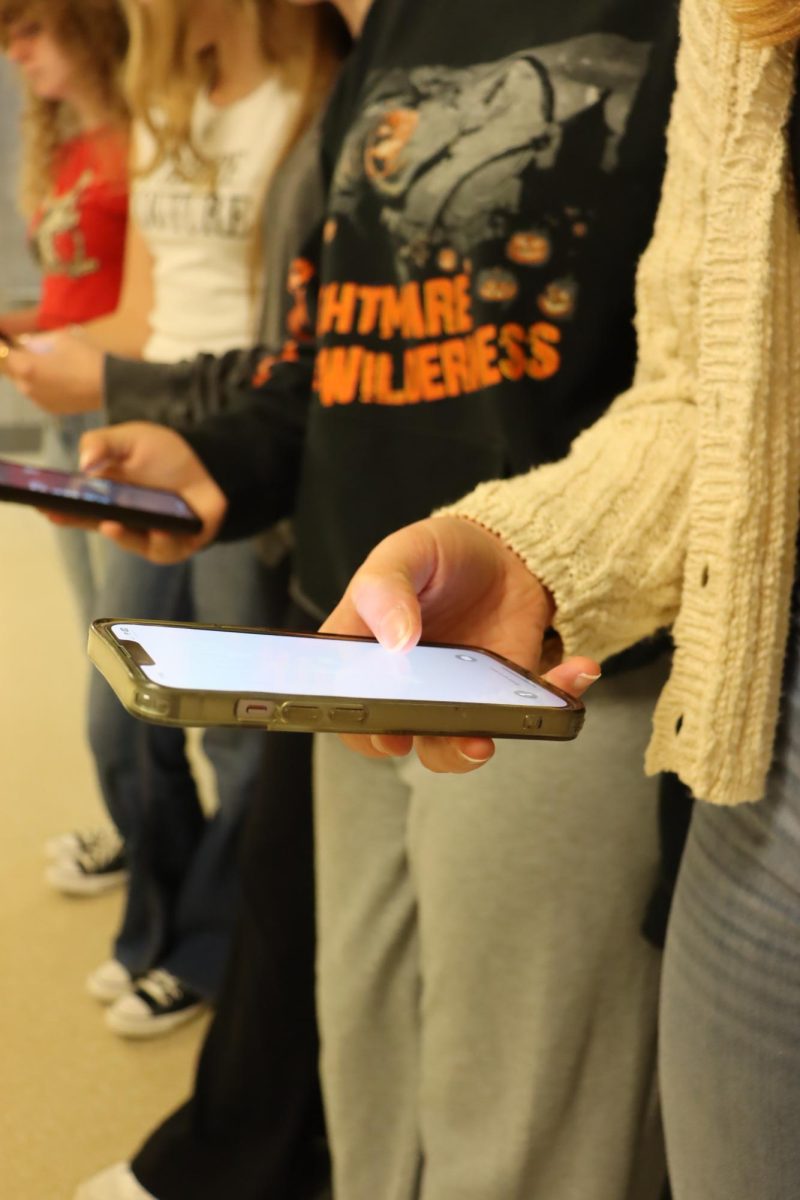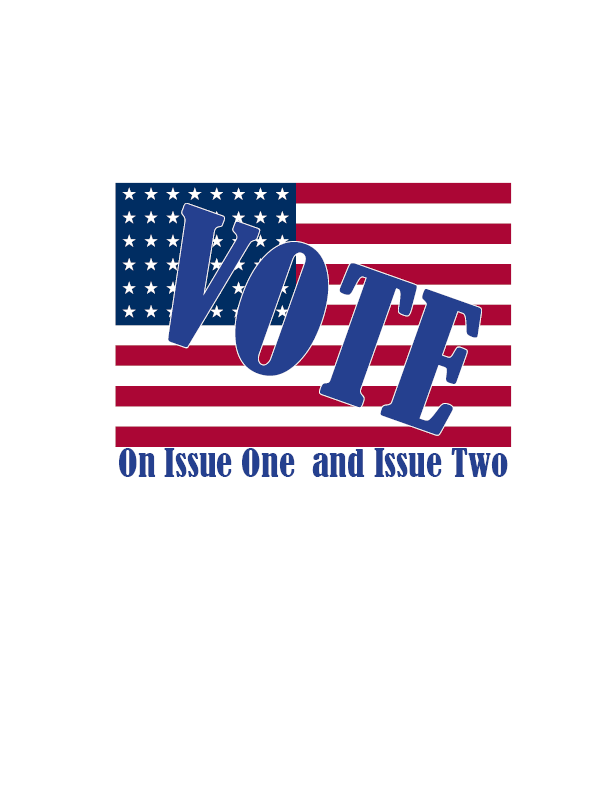Ever since the introduction of the AirPod in 2016, more and more people have been buying them for themselves. While their popularity has increased over the past eight years, so has the damage to the AirPods user’s hearing.
“AirPods, or any other sort of earbuds and headphones, can be great, but they are delivering sound directly into your ears, and as a result, they have the potential to do some serious harm,” Brian Del Bianco, Au.D., an otolaryngologist in Wadsworth, Ohio.
At maximum use, AirPods can surpass a volume of 100 decibels (dB), the measurement of which sound is measured. According to the Center of Disease and Prevention, loud noise exceeding 120 dB can instantly affect hearing and cause damage. Several devices are able to reach above 85 dB, which may be a problem for children who are unaware of the effect it has on the ears.
“We are seeing younger people with permanent hearing damage, and in many cases, they admit to being around loud things without hearing protection,” Del Bianco said, “Either they don’t think about it, or they may worry that others will laugh at them, but once that hearing is gone, it is gone.”

People interact with loud sounds throughout their lives, whether it be dropping a metal water bottle on the floor or going to a loud concert. The more people come in contact with loud noises, such as those from AirPods, the more damage they will bring about.
“Hearing loss most often starts with some of the higher pitched sounds and can drop so slowly that you don’t notice them,” Del Bianco said, “We test many people who have the hearing of a 20-year-old in the lowest pitches, but their high frequencies are terrible. They can hear people talking, especially deeper voices, but they have trouble understanding some other people but they don’t think that their hearing is bad. They often blame it on people mumbling or some other excuse, because they can still hear some sounds very well.”
Exposure to loud sounds has been regulated by Apple, as there is an option to see the amount of decibels being entered into your ear through AirPods or any kind of earbud.
“When your ears are feeling stunned after loud sound exposure, that is called ‘temporary threshold shift’,” Del Bianco said, “The threshold of hearing, the softest sounds that you can hear, have changed and you cannot hear as well as you had before the event until your system recovers. After enough of these temporary shifts, they become permanent, and that’s when we see noise-induced hearing loss.”
According to a survey done by The Bruin, 85 percent of students who responded to the survey own a pair of AirPods. With most students having access to AirPods at all times, more students become susceptible to hearing damage.
“[I use my AirPods] probably most of the day in between [my] classes,” said Brady Anderson, a sophomore at Wadsworth High School. “Just not during [my] classes.”
Students can use AirPods to listen to anything coming from a device, whether that be a video sent to them or listening to music on a streaming service.
“The reason I want to use them in school is to just not listen to everything else in the hallway and just focus on the music,” Anderson said, “I use them to watch TikToks or anything on social media [during] school.”
Due to AirPods only recently being created, new information about hearing loss is still forming every day and is being added to the very little research done. Many people who use AirPods still do not understand the damage they will get from wearing their AirPods.
“[The effects of using my AirPods too much would be a] lack of focus, but for the most part not that many bad side effects,” Anderson said.
When asked if he felt his hearing loss was at stake, Anderson said he did not think he would receive any hearing damage.
The Ohio Department of Health, ODH, requires students to get hearing and vision tests every year. The test consists of a student wearing headphones and hearing certain tones. The student must comply to the hearing proctor when they hear the sound.
“We do hearing and vision [tests] on students from kindergarten up to high school and it’s required by the state to have it in ninth and eleventh grade. They just added on a hearing screening in eleventh grade to be mandated because of the extra use of cell phones [and] AirPods in the ears with increased noise.”
As technology, such as AirPods, becomes more readily available to students, hearing damage is going to increase. Once it is lost, it will not return.
“There has been a significant increase in the past five years from CIS [Central Intermediate School] up to high school, and they are correlating that to increased use of AirPods and having those loud tones in the ears at all times,” Decker said.
As AirPod use continues to increase, so does the high risk of sustaining damage to hearing loss. If the issue is not fixed soon, younger generations will become more susceptible to damaged hearing.







































